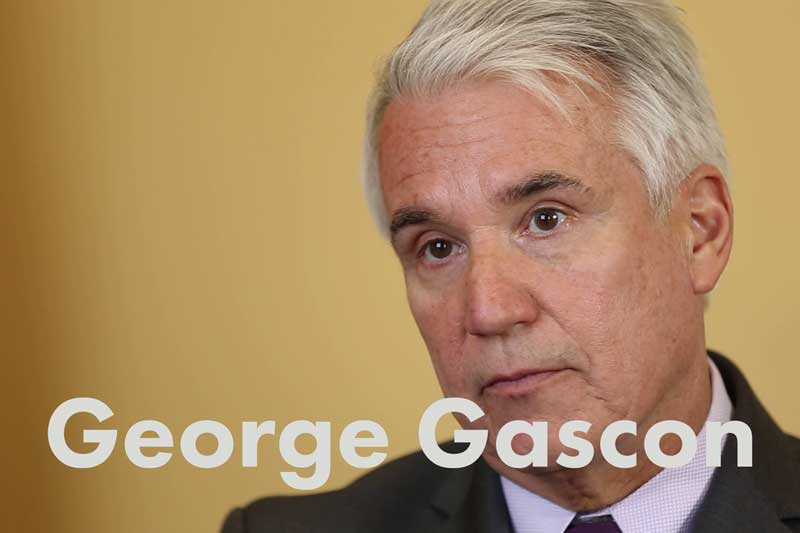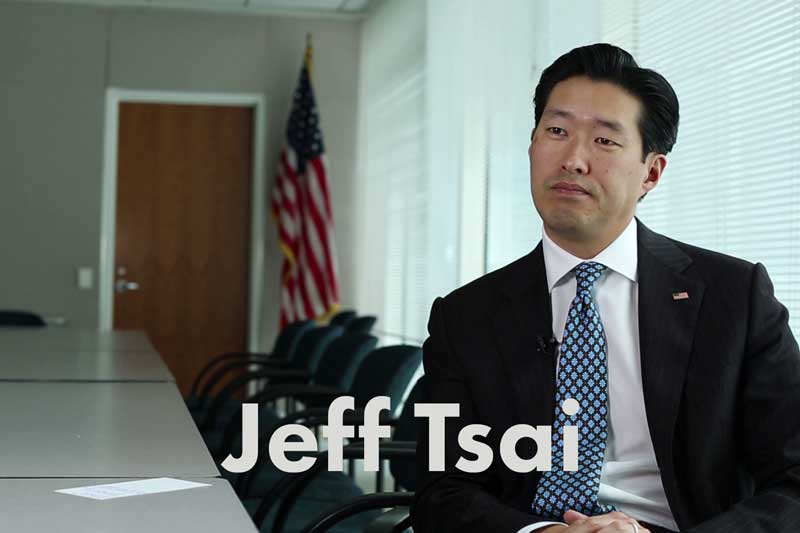WIPED FLASHED AND REKITTED
The International Black Market of Stolen Cell Phones
since you have been on this site
0
phones have been stolen in the U.S.
THE VICTIMS
The U.S. has gone mobile. 90% of Americans over 18 own a cellphone, 67% have a smartphone. And smartphones continue to rise in popularity. By 2020, half of the world is expected to own a smartphone, up from just 5% in 2009. That would mean roughly four billion people with the Internet in their pocket. As our reliance on this technology has grown, so has the risk of owning it.
In 2013, 3.1 Million smartphones were stolen in the United States, according to a study from Consumer Reports. San Francisco based cyber security company, Lookout, reports that 1 in 10 smartphone owners is a victim of phone theft. Some theft victims lament the loss of favorite photos, old voicemails, special text messages, others worry about the expense of having to replace it.
Then there are the victims who have paid the highest price for a smartphone…
Phone theft has become a nationwide epidemic. As much as 50% of all thefts in major US cities involve the taking of a cell phone.
In 2013, roughly half of all New York City thefts and robberies involved a smartphone.
15,308 phones were stolen in Chicago in 2013.
Nearly 60% of all robberies in San Francisco involved a smartphone in 2013. The odds of getting the phone back were less than 1 in 10.
The Oakland Police Department estimated in 2013 that 75% of street robberies in Oakland involved a cell phone.
Oakland Crime
Located just across the bay from San Francisco and an hour from Silicon Valley, Oakland has seen some of the highest rates of phone theft in the country. See how the growing trend has coincided with overall robberies in the city.
Local law enforcement agencies face many challenges in regards to cell phone theft. Despite the rampant problem, people are increasingly brazen with their devices, carrying them openly in public and unknowingly putting themselves at risk. With almost 18,000 state and local law enforcement agencies in the country, coordination in combating cell phone theft is disjointed - especially since departments collect data and report crimes differently.
For the San Francisco Police Department, cell phone theft has become a matter of special concern.
“Opportunistic thieves may use a stolen device as their own personal media devices (e.g., camera, music player, Wi-Fi device), or sell the stolen device locally or online for “quick cash.” On the other hand, devices that are stolen as part of a larger criminal enterprise may be quickly shipped out of the country.”
- Federal Communications Commission
Subcommittee on Mobile Device Theft Prevention
THe TRAFFICKERS
In April of 2015, Jason Floarea, 29, was sentenced to one year in prison and will have to pay $600,000 in restitution for trafficking stolen and fraudulently obtained phones through his company, Ace Wholesale. Investigators found that in less than two years Floarea’s business, located in suburban Michigan, bought and sold almost 400,000 stolen phones for more than $151 million. This is the largest federal lawsuit of its kind, but plenty more cell phone trafficking cases are cropping up all over the country. It’s a lucrative business with lighter consequences than other illicit trades.
Footage of the FBI raid on Ace Wholesale in 2012.
Here’s how a common phone trafficking operation works.
Not all phones being trafficked abroad are stolen through street theft. In fact, the vast majority of the phones that investigators in the Floarea case came across were Apple iPhones that had been purchased fraudulently from mobile providers. This process is called credit muling.
Credit muling involves a “handler” who either bribes or tricks people, often from vulnerable communities, into bulk purchasing contract-subsidized cell phones. The handler then sells the phones to middlemen, like Floarea, who have connections abroad.
In the United States phones are subsidized through contracts with carriers on a level not seen in most of the world. Because you can obtain an $800 phone for $200 with a service contract, there is a greater incentive to game the system and the payoff can be huge.
The California Department of Justice established an eCrime Unit in 2011 to investigate and prosecute cases just like these.
Here is what the eCrime Unit has learned in their investigations.
In March, 2013 the California Attorney General charged two individuals with trafficking nearly $4 million in mobile phones to Hong Kong over an 8 month period. Hong Kong, also where the bulk of the phones from Ace Wholesale were sent, is the main international hub for stolen phones, along with Dubai. But it is often not the phone’s final destination. From there, phones are wiped (cleared of data), flashed (installed with a new operating system), and re-kitted (boxed with new accessories), and then sent all over the world.
“In terms of what happens overseas we have some information about chop shops, I don’t know if that’s the right term, but it’s what we’ve called them. It’s places where the phones will get unlocked, re-flashed, re-kitted. Which means they’ll get put in a new box with new accessories and with a manual, an instruction manual that’s in the language of whatever the destination the country is. Essentially when they are all done they look just like a phone that was intended to be sold in whatever the country is that they are being shipped to. After that we don’t have a lot of visibility ... at that point the damage is done. Once those phones are out the door, we’ve already incurred the losses.”
- James Baldinger, Attorney for Sprint
The CONSUMERS
Phones stolen in the United States have been found on every continent except Antarctica. In Latin America smartphones can fetch a much higher price than they can in the US. Import taxes and tariffs can make a legal iPhone cost more than $1000 in countries like Ecuador, Venezuela, Colombia, and Argentina.
With the legal price of a highly desirable smartphone so high, many people naturally turn to the black market. In many countries, the average worker would have to work for months to be able to afford a legal phone.
In countries like Indonesia, Vietnam and China, low average wages put an iPhone far out of reach of the average worker. iPhones are in great demand, though, and when the 5s and 6 were released in these countries there were reports of phones being sold on the street for as much as $3,000.
In Brazil in 2015, a new iPhone 6 from the Apple Store costs $1,285, making it the most expensive iPhone in the world. Sticker shock and high demand have resulted in a thriving black market of stolen phones that several Latin American governments are struggling to contain.
Brazil is caught between high prices and high demand, and cell phone smuggling in rampant.
Here is an examination of the black market in one of the world’s largest economies.
Interpol reports that cell phone theft organizations smuggling across borders in Latin America make an average of $550,000 per day. Many of these traffickers are connected to drug cartels who are investing in smuggling cell phones because they are considered low risk and high reward compared to narcotics.
Diminishing the international black market could hinge on the ability to render the phone useless immediately after a robbery. Preliminary results from the implementation of anti-cell phone theft technology in the United States look promising, however the problem is far from resolved.
The KILL SWITCH
In an effort to decrease cell phone theft and undercut the black market, California passed a so-called “kill switch” bill last year. Starting on July 1, 2015 phone manufacturers must include security software in all new smartphones sold in the state. The kill switch will allow owners to remotely disable a stolen phone and render its software inoperable - at least in the United States.
One of the original proponents of the kill switch legislation was San Francisco District Attorney, George Gascon.
Working with other politicians in New York and London, Gascon has become a prominant anti-cell phone theft advocate.
Minnesota passed a similar kill switch law in 2014, and eight other states have begun the legislative process to follow suit. Two bills currently in front of Congress could make the kill switch a federal mandate.
In 2013, Apple added the “activation lock” feature, which is essentially their version of this kill-switch. iPhone thefts in San Francisco dropped 38 percent since Apple introduced this security feature. In the same amount of time, the theft of Samsung phones - which don’t yet have this kind of software - increased by 12 percent.
Gascon says the point of implementing the kill switch is to eliminate the incentive for stealing phones in the first place. Deactivated, a stolen cell phone is less likely hold its black market value.
For manufacturers and wireless carriers, this is a bittersweet deal because cell phone insurance is a billion dollar industry. A report from 2013 found that the top four wireless carriers in the U.S. brought in almost $8 billion dollars just from protection plans and top electronics retailers received another $4.3 billion in new insurance contracts.
While many experts and anti-cell phone theft organizations celebrate kill switch laws as a step in the right direction, some worry the technology alone is not comprehensive enough to eliminate the issue altogether.
“The Killswitch really doesn’t have much utility if the phone is shipped out of the country. I think it’s something that is better to have one, than not to have one, because I think it does impede some of the trafficking but it’s certainly not a silver bullet in solving the problem.”
- James Baldinger, Attorney for Sprint
As national and international government bodies continue to seek out solutions to the cell phone theft epidemic, one thing is clear, the demand for this technology continues to rise around the world.
The Growth of Mobile Phones
Since you have been on this site,
0



